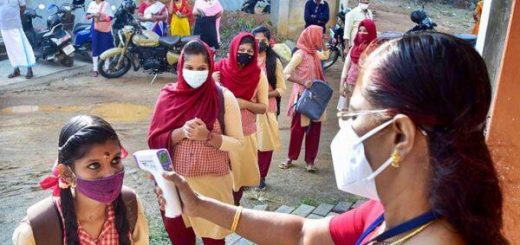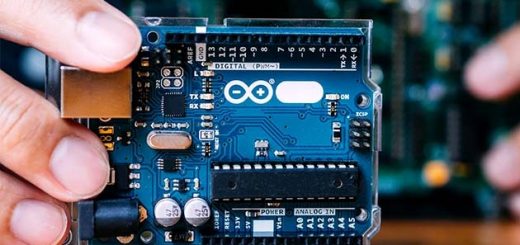5 school safety questions your district should be prepared to answer
With students and educators reentering their classrooms for the 2022-23 school year, district leaders need to be able to reassure everyone in their school community that school safety is a priority and that they will be safe physically, socially, and emotionally.
Decades’ worth of research have shown that school safety, school climate, and student well-being are all important for academic achievement. The conditions that support them are complex and ever-shifting, which means it’s a constant challenge to create an optimal learning environment. That’s why district leaders should always be ready to explain what their school safety plans are and how their administration arrived at them.
Be prepared to answer these five questions on the topic of school safety from parents, educators, and students as you head back to school:
- What is our district-wide approach to safety and what mechanisms are in place to ensure it is known and followed?
As we’ve seen over the past year, emergencies due to natural disasters, medical situations, active shooter threats, and other causes can happen at any place and time. Having a comprehensive security and safety program is one of district leaders’ most important responsibilities.
The federal government recommends that every district create an Emergency Operations Plan (school EOP) that outlines how it will prepare for, respond to, and recover from an emergency. In addition to having an updated EOP based on risk assessments and lessons your school has learned over time, it’s crucial to train staff through education and drills in coordination with local first responders; test communications systems; conduct audits; run alerts and reunification drills; and update building maps. Today’s representative safety training is going beyond the typical active shooter training and fire drills, and now incorporates many all-hazard situations as well as training on bullying, suicide, and basic first aid.
2. What is your district doing to deter attacks and violence?
Violence is preventable. Early detection, assessment, and intervention in cases where individuals may pose a threat are crucial.
Putting tools and technology in place to detect and become aware of threats is an important part of a holistic approach. Programs to educate students, staff, and the community on how to recognize concerning behavior and report tips and information anonymously are table-stakes high today. And, in today’s digital world, threats and warning signs are abundant – something known as “leakage” – which can be detected through email and social media scanning technology, as well as web filtering that can detect high-risk issues at scale using artificial intelligence (AI). These tools help schools get ahead of harmful intent before it escalates.
(see all)



